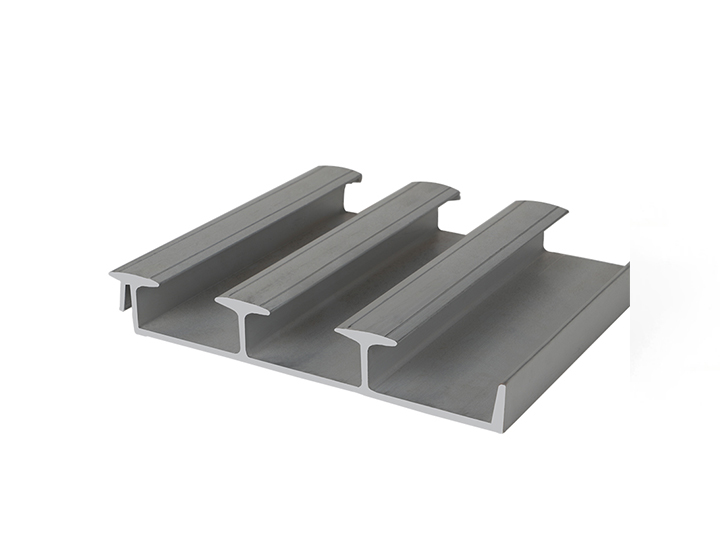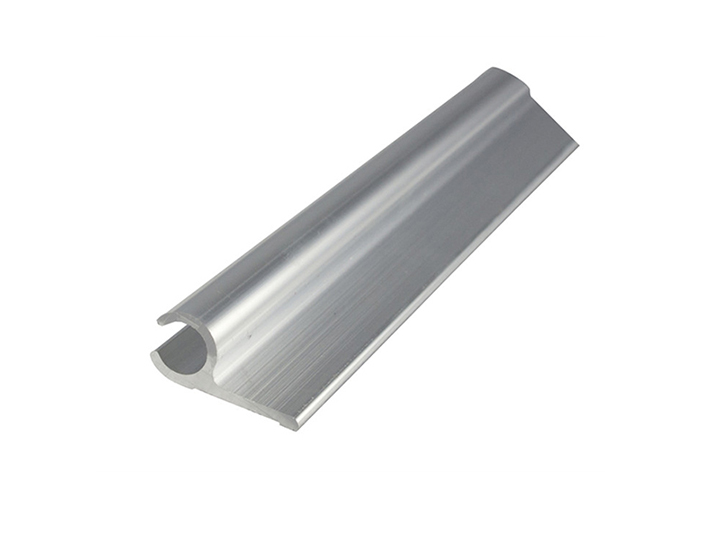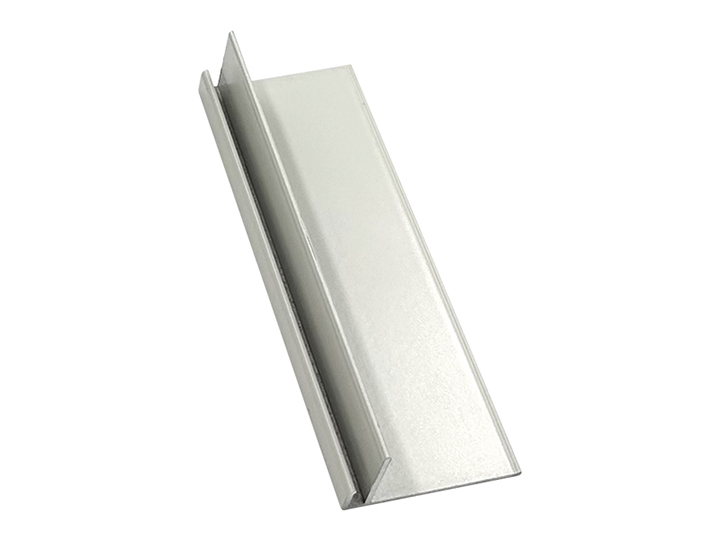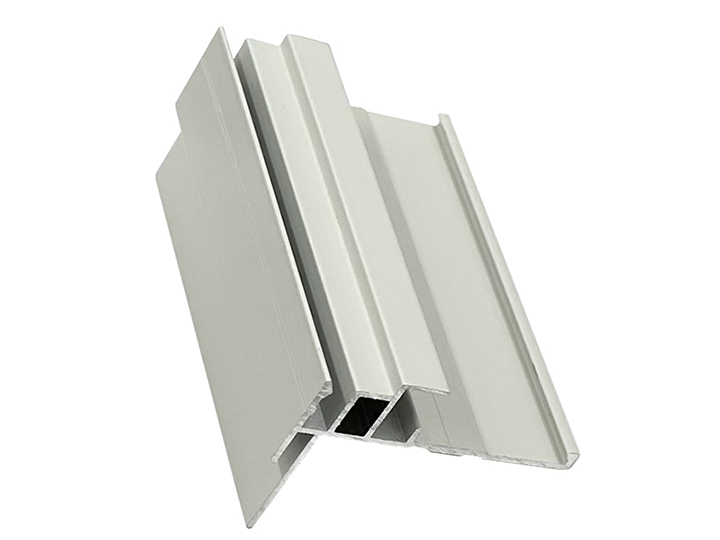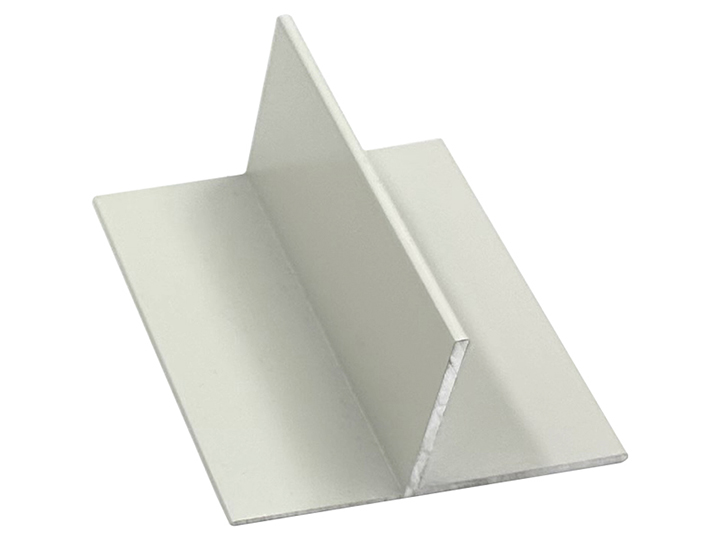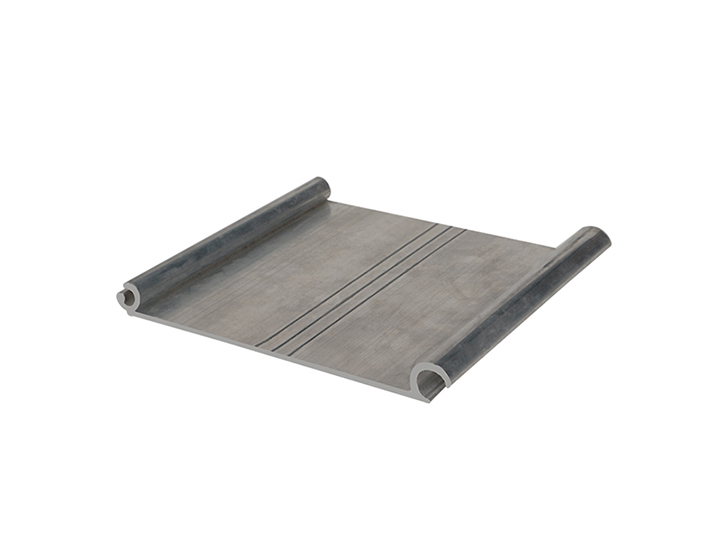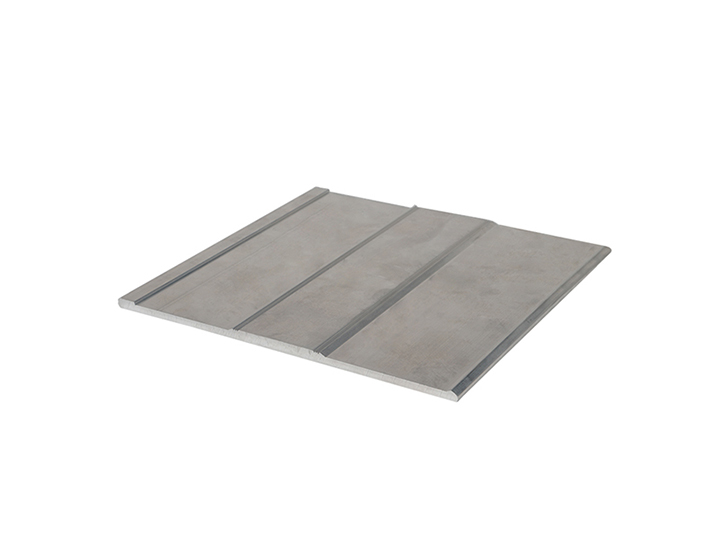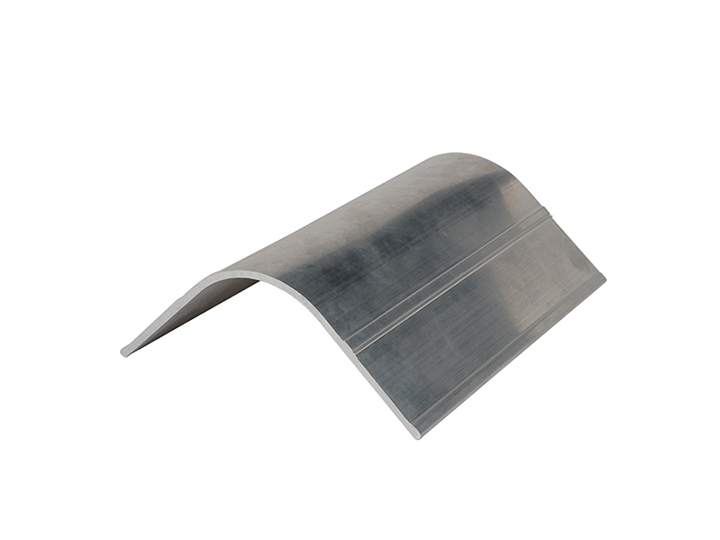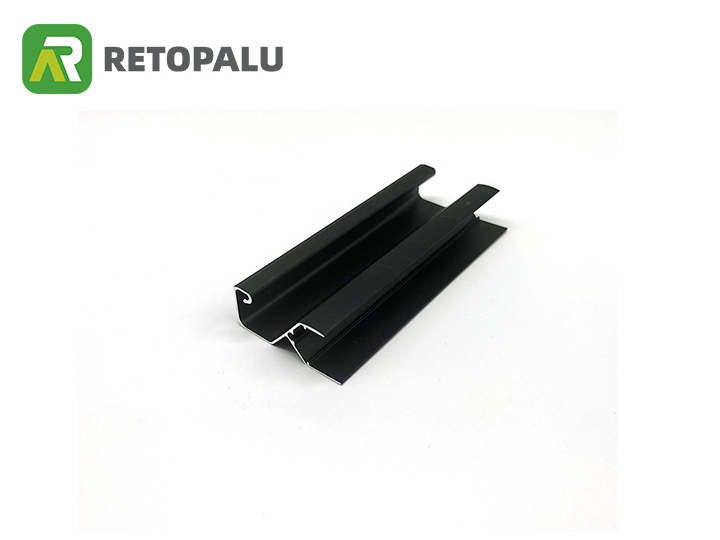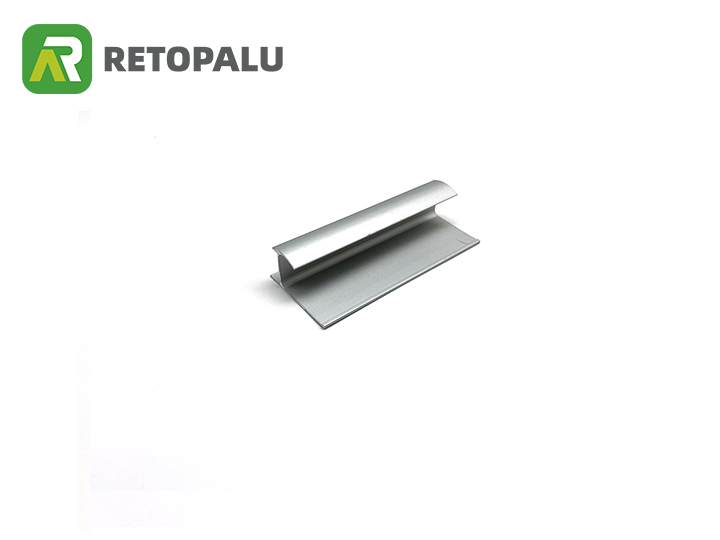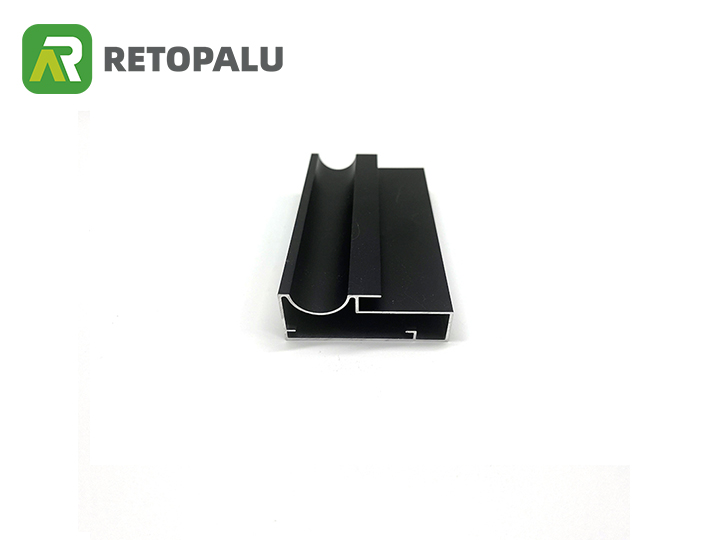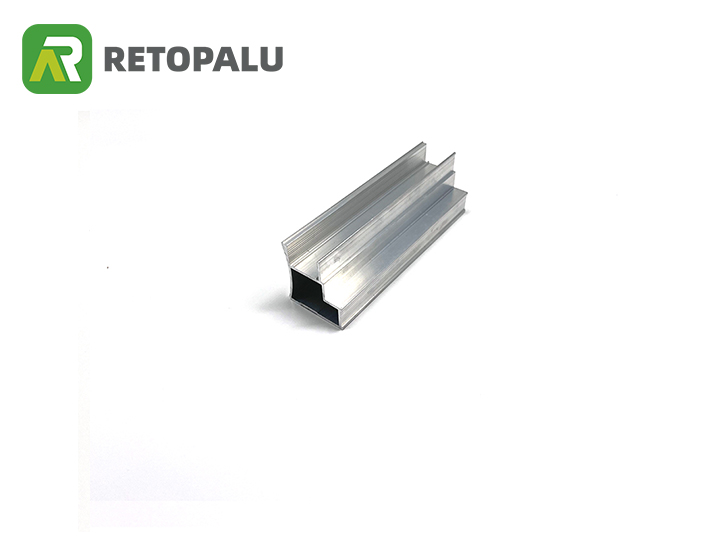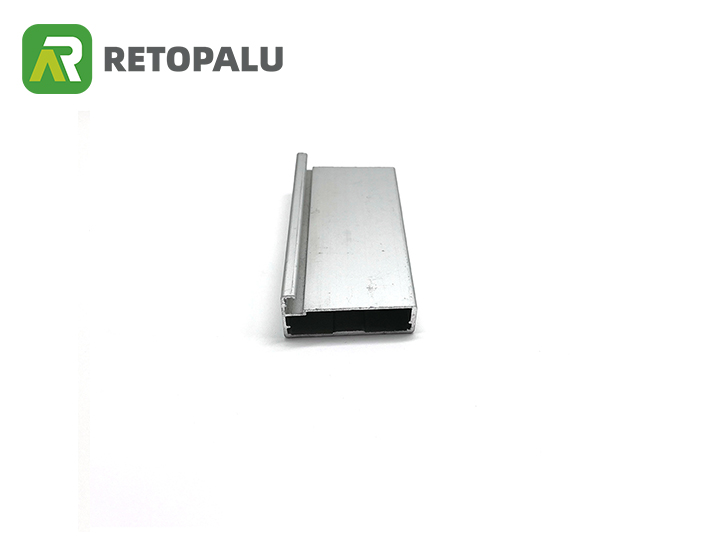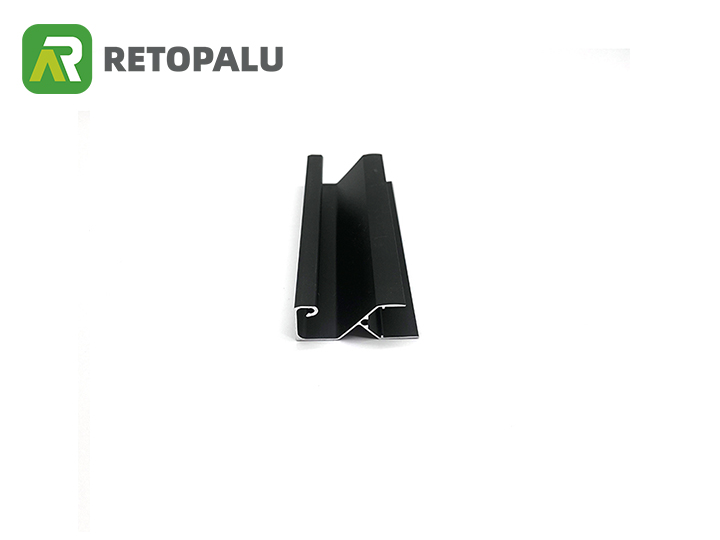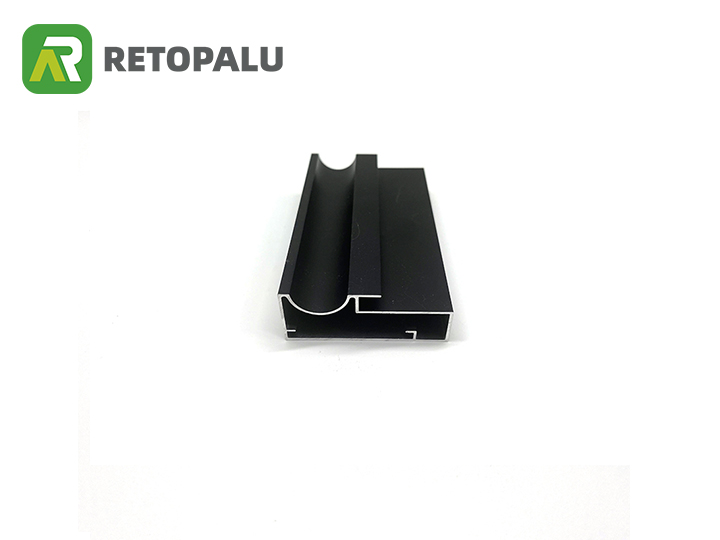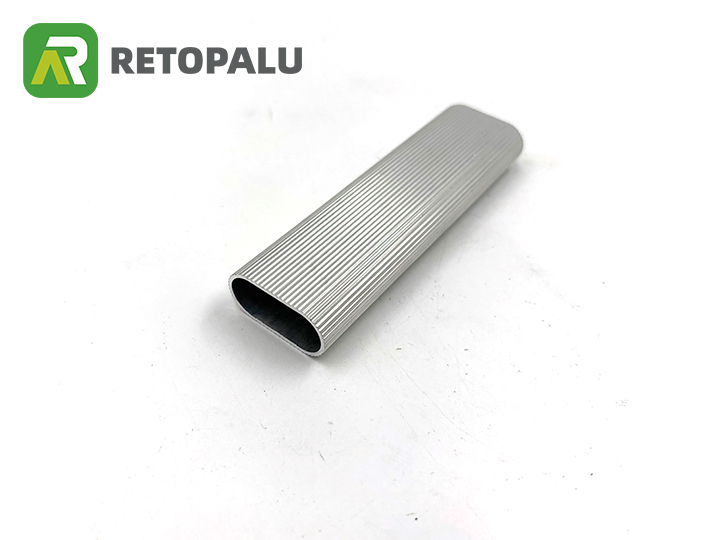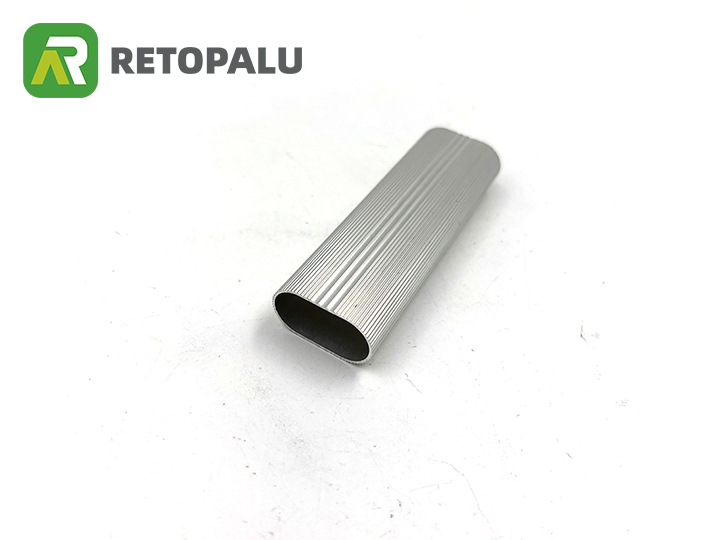Aluminium Profile VS Aluminum Tube
Aluminum profiles and aluminum tubes are both commonly used in a variety of applications due to their lightweight, corrosion-resistant, and strong properties. However, there are some differences between the two that may affect their suitability for different applications.
Aluminum profiles are typically extruded shapes that have a variety of cross-sectional shapes and sizes, such as I-beams, angles, channels, and custom shapes. They are often used in structural applications such as framework, supports, and framing systems. Aluminum profiles can also be designed to have specific features, such as grooves, slots, or mounting holes, making them suitable for a wide range of applications.
Aluminum tubes, on the other hand, are hollow cylinders that come in various shapes and sizes, including round, square, and rectangular. They are often used for applications such as piping, tubing, and structural supports. Aluminum tubes are also available in various wall thicknesses, making them suitable for applications that require strength and durability.
In summary, aluminum profiles and aluminum tubes have different shapes and sizes that make them suitable for different applications. Aluminum profiles are more versatile and can be used for a wider range of applications, while aluminum tubes are more suitable for applications that require a hollow, cylindrical shape such as piping or tubing.

